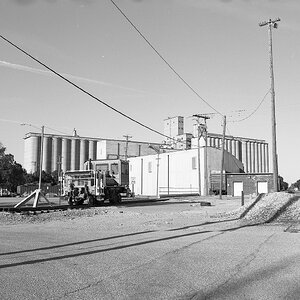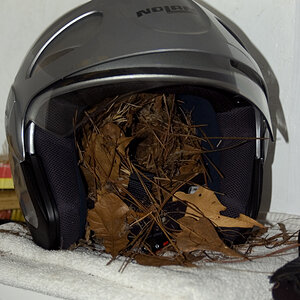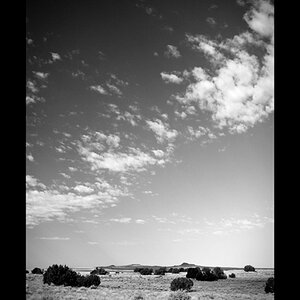petrochemist
TPF junkie!
- Joined
- Mar 9, 2014
- Messages
- 1,873
- Reaction score
- 608
- Can others edit my Photos
- Photos OK to edit
If you're shooting with flash the shutter speed is likely to be pretty much irrelevant. In most cases over 99.99% of your light is going to come from the flash which takes around 1/10 000th of a second. Of course at those speeds you don't need image stabilization for the shot. It MAY still help with framing your image.If you're really shooting "macro" (close-up) photography, you can use a flash but a typical pop-up flash may have a problem with the lens it
You can get a "ring light" flash that goes around the lens. This produces flat lighting, but the advantage is that it's all-around light. But what's more, you can now shoot at the max flash-sync speed for your camera and (probably at least 1/200th for most cameras, I think the slowest flash sync speed I've seen in recent years is 1/160th which is still plenty fast for hand-held shots.) At that speed, hand-held shots are no problem and you don't need image stabilization.
From the sound of things the OP isn't going to be shooting macro anyway, Just perhaps some close-ups. Given the choice between a stabilized zoom and a close focusing zoom I'd pick stabilization every time. It's not difficult to get the lens to focus much closer than a typical 'macro' zoom.




![[No title]](/data/xfmg/thumbnail/42/42468-f720ff996eb9cc6554c0019901223156.jpg?1619740193)

![[No title]](/data/xfmg/thumbnail/35/35265-c9ea3efd2c618a57ea136e63ad106880.jpg?1619736970)
![[No title]](/data/xfmg/thumbnail/33/33906-2f9b24e4b1e1be07f68257916df0f2b3.jpg?1619736208)





